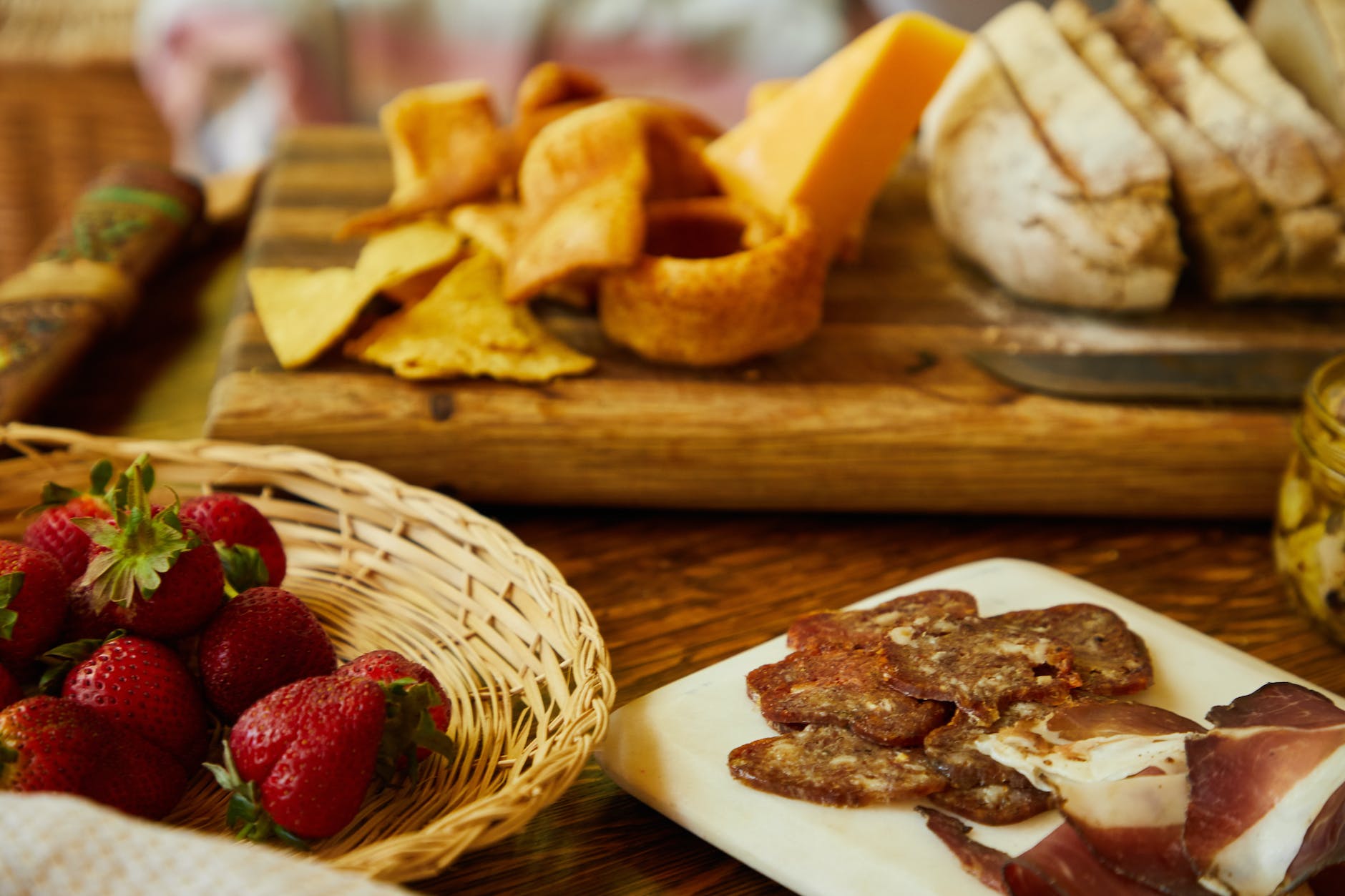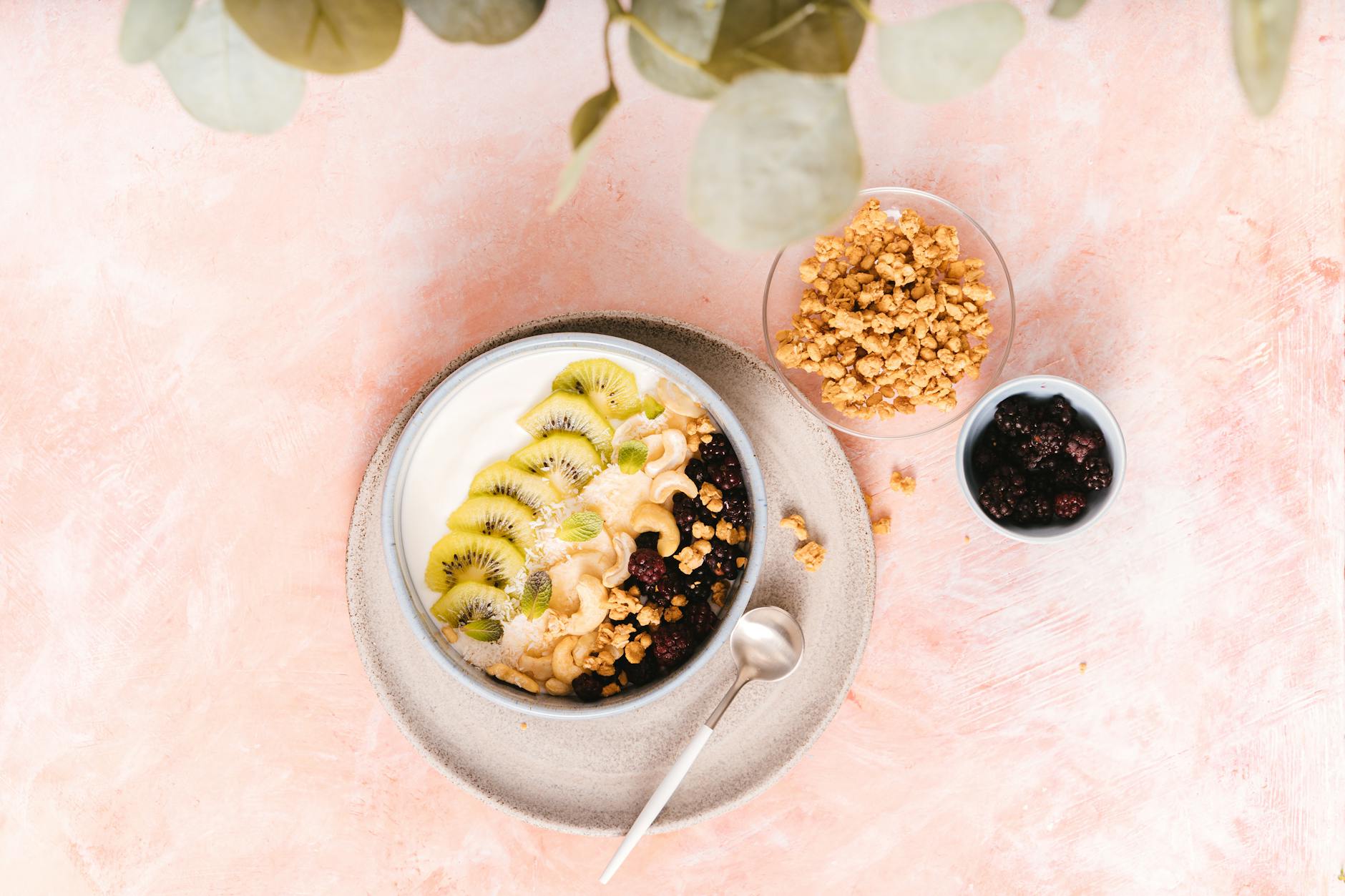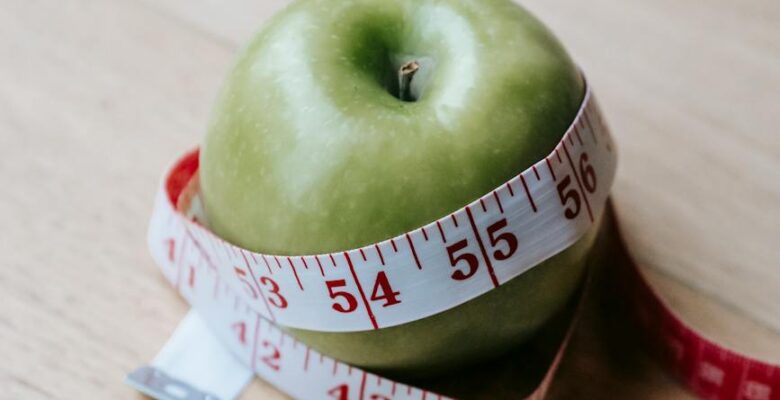Can you drop 7 pounds in 7 days? It is achievable with a strict and focused commitment to exercise and dieting.
You must be prepared to put in effort to reduce weight quickly. It is possible to lose one pound per day, but it won’t be simple.
First Step: Eating to Reduce Weight
1. Recognize the science underlying weight loss.
It will be easier for you to modify your diet if you understand why you need to cut back on carbohydrates, start exercising, and eat differently. A pound of fat contains 3,500 calories. Therefore, cutting a significant amount of fat from your diet is necessary to lose weight quickly.
For the remainder, physical activity increases your metabolism and burns calories as you sleep. Three thousand five hundred calories a day is a lot, but in order to achieve this, you must be willing to make some sacrifices. It won’t be an easy seven days, but if you don’t lose sight of your ultimate objective, you can make it through.
Calorie, calorie, calorie. This implies that cutting calories—regardless of where they originate from—is ultimately the key to losing weight. To demonstrate this point, a professor in Kentucky once consumed Twinkies and shed 27 pounds. How? He did not eat much at all.

If, throughout this diet, you experience dangerously high levels of nausea, dizziness, fatigue, or dizziness. Pause to grab a snack. Even if you have to “cheat” once or twice for your safety, you can still lose a significant amount of weight by adhering to the fundamental principles of this diet.
2. Before beginning, record your typical caloric intake for one to two weeks in a journal.
Use an app for dieting, visit a website that counts calories, or just record your caloric intake in a journal. To determine what areas of your diet need to be changed, you must know how many calories you consume each day.
In order to lose a pound per day for a week, you will need to consume approximately 1,000 calories or less each day.
3. Take out of your diet all carbs.
You’ll get the best results if you can complete this gradually before your one-week challenge. Although they are a cornerstone of the diet, carbohydrates are simple to overeat because they contain a lot of water weight, binding to more water than fat or protein. Aim to consume little more than 50g of cards (about the size of a scoop of pasta) per day.
Replace pasta with spaghetti squash, which has less than 1/4 of the calories.
To save 100 calories, replace your English muffin with bagels or hamburger buns.
Make a salad with tacos instead of burritos.
In the two to three weeks before the significant weight reduction, try to gradually reduce your carbohydrate intake. Your body will adjust to the shift and be prepared to lose the weight by the time your “7 days-7 pounds” arrive. Nevertheless, even cutting out carbohydrates for a week will have an impact.
4. Stay with veggies.
It is difficult to consume too much vegetables. This isn’t satire about how horrible veggies taste; rather, it’s science based on the idea of a “bliss point” or the number of calories required to feel satisfied. Although processed foods are engineered to have higher bliss points, the intrinsic deliciousness of veggies means you may eat fewer calories and still feel satisfied.
Combine your preferred fruits and veggies to make a salad: Celery, apples, strawberries, red onions, lettuce, carrots, tomatoes, cucumbers, kale, and so on. The best option for dressing is to use just 1-2 teaspoons of oil and vinegar.
5. Consume lean proteins to gain sustained energy and satiety.
After switching from carbohydrates, you’ll probably always be hungry. But if you include a source of lean, fat-free protein in every meal, you can prevent this. Among the proteins you should eat are:
- Baked or grilled chicken.
- Legumes, beans, and chickpeas.
- White fish, including tuna.
- Nuts and Eggs
6. To facilitate intermittent fasting (IF), reschedule your meals.
While IF is a highly effective weight loss strategy, no one ever claimed that it was enjoyable. The most prevalent form of IF is missing breakfast, which causes a gap of at least eighteen hours between meals. When you wake up, have a single banana as a snack instead of breakfast. After that, you can have lunch and dinner, maybe a little snack in between (particularly if you’re working out), and then resume the following day.
This is merely a temporary weight loss plan. Long-term dieters should eat a balanced meal every morning because skipping breakfast frequently results in overeating later in the day.
You can lose fat weight considerably more quickly by increasing fat oxidation during a fast.
7. Limit snack portions to 150 calories apiece.
A lot of businesses sell “snack packs” and low-calorie selections. Indulging in sweets occasionally can help you avoid overindulging later. Having stated that you should divide up these goodies. Wait one to two hours and have that one low-calorie cookie as a snack instead of having it as dessert soon after lunch. This will help you spread out your calorie intake more easily and keep you fuller for longer. Among the tasty nibbles are:

- An avocado
- A large handful of berries.
- A tablespoon or two of nuts.
- Energy drinks, bars, and snacks are low in calories.
8. Sip on some green tea or coffee.
When used in moderation, caffeine works well to decrease appetite. Although there isn’t much proof linking caffeine use to long-term weight reduction, it can speed up weight gain in the short term by speeding up your metabolism and decreasing your appetite at the same time.
9. Frequent hydration can help reduce feelings of hunger.
Those who regularly drink water find it much easier to resist munchies and overindulge in food; therefore, always carry a water bottle with you. Drink some water when you’re hungry in between meals; it will probably tide you over until dinnertime.
10. Recognize that a diet that works will have very few calories.
To reduce weight, you won’t be eating a lot of food. A 1,000-calorie diet is ideal for quick weight loss since calories are burned more quickly than you may imagine.
An example of a diet that includes breakfast would be:
For breakfast:
- an apple
- a hard-boiled egg
- some almonds
- One cup of low-fat yogurt
Lunch:
- a small piece of grilled chicken
- a banana for lunch
Snack:
- A little salad
Dinner:
- chickpea salad
- cucumber
- pepper
- one or two hard-boiled eggs
